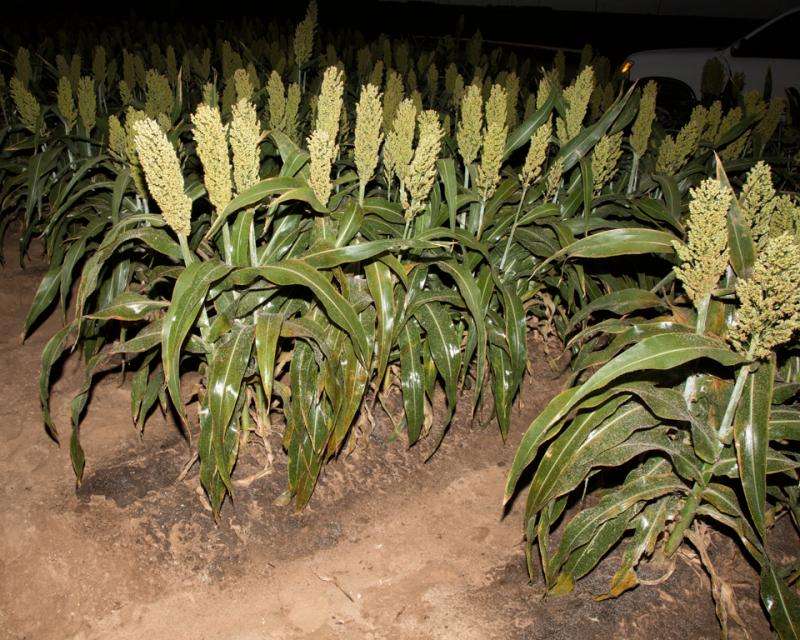Sugarcane aphids hit High Plains hard

Sugarcane aphids have wasted no time in making themselves at home and becoming firmly entrenched across the High Plains, prompting a change in some recommendations on treatment, experts said.
Several Texas A&M AgriLife Extension Service entomologists including Dr. Pat Porter and Dr. Ed Bynum, at Lubbock and Amarillo respectively, said the pests have been recently found in Castro, Carson, Deaf Smith, Donley, Gray, Hansford, Moore, Ochiltree, Oldham, Randall and Wheeler counties.
"It appears we need to move to a more conservative treatment threshold than the one currently in use here and elsewhere," Porter said. "We are finding that our current insecticide regime is not working quite as well as it has in more southern locations with higher humidity and less intense sunlight."
While there is some speculation as to what is causing the reduced control, at this point, Porter said they aren't sure.
"However, we want to make it absolutely clear that there is no reason to think this is an insecticide resistance issue," he said.
"Our recommendation now is to apply insecticide when 30 percent of the plants are infested and there are localized areas of heavy honeydew and established aphid colonies. This threshold would trigger significantly earlier insecticide application than our earlier recommendation of 50-125 aphids per leaf."
Porter said the new guidelines follow those being used in Mississippi which can be viewed here.
"Another prudent step would be to increase the insecticide rate if possible. Thorough insecticide coverage is critical. Bayer CropScience has some good recommendations for tank additives on the High Plains. Insecticide applications made at relatively low aphid numbers can be tank mixed with MSO/silicone blends. For heavier infestations, they are recommending that crop oil concentrate of high surfactant crop oil be added at the recommended rates. The thought here is to drive the insecticide deeper into the plant canopy."
Porter said sugarcane aphids can quickly damage both grain sorghum and forage sorghum. Because they can migrate long distances and have a very high reproductive rate, they can increase to damaging levels very quickly. They also produce large amounts of sticky honeydew, which negatively affects the crop and harvest equipment. The sticky residue, excreted as waste from the aphid, gums equipment and if heavy enough, can actually choke down the machinery.
More information: For more information on sugarcane aphids, see: txscan.blogspot.com.
Provided by Texas A&M University

















